We could not be prouder of the children from ChildFund programs who participated in last week’s Day of the African Child events held at the African Union in Addis Ababa, Ethiopia. Facing many challenges, including harmful social and cultural practices across the continent, these children urged the African Union, its member states and partners to take a stand to protect children and allow them to become educated, healthy and fulfilled adults.
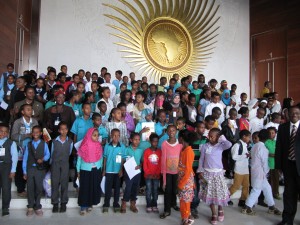
Children from several countries gathered at the African Union headquarters for the Day of the African Child.
Children from Cameroon, Egypt, Ethiopia, The Gambia, Kenya, Mozambique and Zambia attended the event. Below is the platform the children adopted and presented:
AU member states:
a) To ratify and domesticate all international and regional treaties relevant to the protection of children from harmful social and cultural practices.
b) To harmonize national laws with other international and regional standards on the prevention and protection of children from harmful social and cultural practices, in particular Article 21 of the African Charter on the Rights and Welfare of the Child.
c) To openly condemn practices that harm the physical and mental integrity of children.
d) To provide free and high-quality health services for children affected by harmful social and cultural practices, and expand social-protection and child-rights systems to increase access to integrated quality services to children.
e) To establish data systems reflecting age and gender disaggregated data on the nature and magnitude of these practices.
f) To put in place mechanisms and institutions, including a national strategy, policy and plan of action, for the implementation, enforcement, monitoring and reporting, along with financial and human resources.
g) To submit a report within three months to the African Committee of Experts on the Rights and Welfare of the Child (ACERWC) on the implementation of activities organized during the 2013 Day of the African Child.
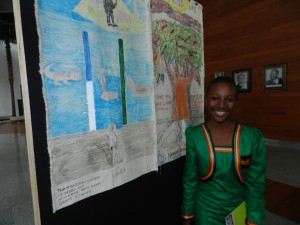
Seveliya, 13, of Zambia, spoke during the conference.
AU member states in collaboration with partners (regional economic communities, parliaments, UN agencies, international and regional organizations, the media):
a) To advocate and promote the total elimination and abandonment of harmful social and cultural practices in Africa through awareness and social mobilization to change attitudes and influence behavior.
b) To support the strengthening of the social workforce and social protection mechanisms so as to deliver effective quality social services for affected children, especially young girls, as well as provide love and care to affected children.
c) To support meaningful participation and representation of children, families and communities, including children with disabilities and other vulnerable groups, in efforts to combat harmful social and cultural practices.
d) To ensure African governments take children’s issues seriously, provide them with a voice to speak on their own, as well as respect their views and ideas of children.
e) To strengthen collaboration with various stakeholders, such as the parliaments, media, schools, institutions of higher learning, traditional and religious leaders, civil society organizations, children and youth, as agents of positive change.
f) To strengthen cross-border and cross-regional cooperation so as to protect children from the impact of harmful practices.
g) To facilitate quality education to all children and provide integrated life skills to affected children, especially young adolescent boys and girls.
h) To conduct research to inform national policy and action on the elimination of harmful practices.
Partners:
a) To monitor progress and the accountability of governments in the implementation of standards for the protection of children.
b) To organize advocacy campaigns and youth-led actions to eliminate harmful social and cultural practices.
c) To provide financial resources and technical assistance targeting comprehensive and inter-agency programs and strategies that address the needs and priorities of children subjected to harmful social and cultural practices.
Adopted on Friday, 14th June 2013, at the African Union Commission Headquarters, Addis Ababa, Ethiopia








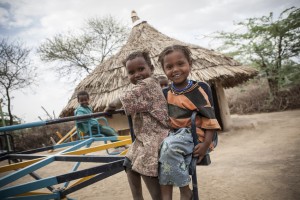

 A team from ChildFund headquarters was recently in
A team from ChildFund headquarters was recently in 



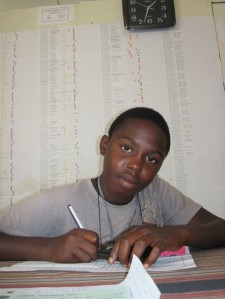

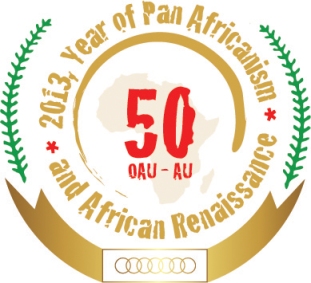 The 50th anniversary of the Organization of Africa Unity is being celebrated this week in Addis Ababa, the capital city of Ethiopia.
The 50th anniversary of the Organization of Africa Unity is being celebrated this week in Addis Ababa, the capital city of Ethiopia.